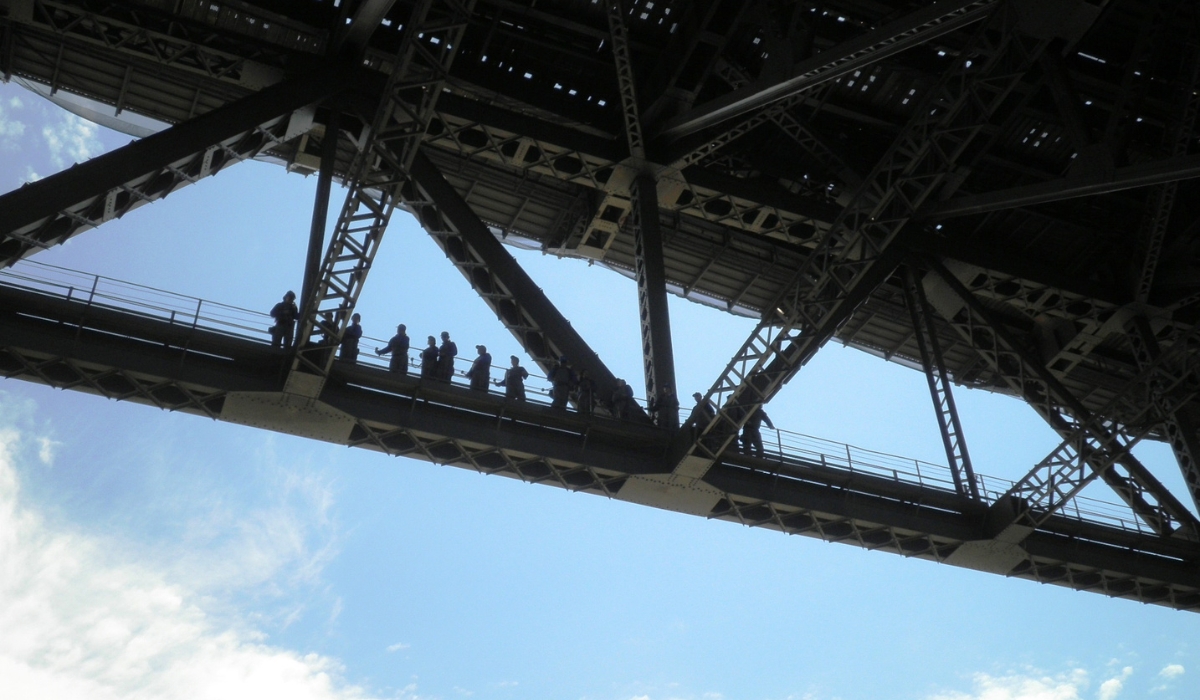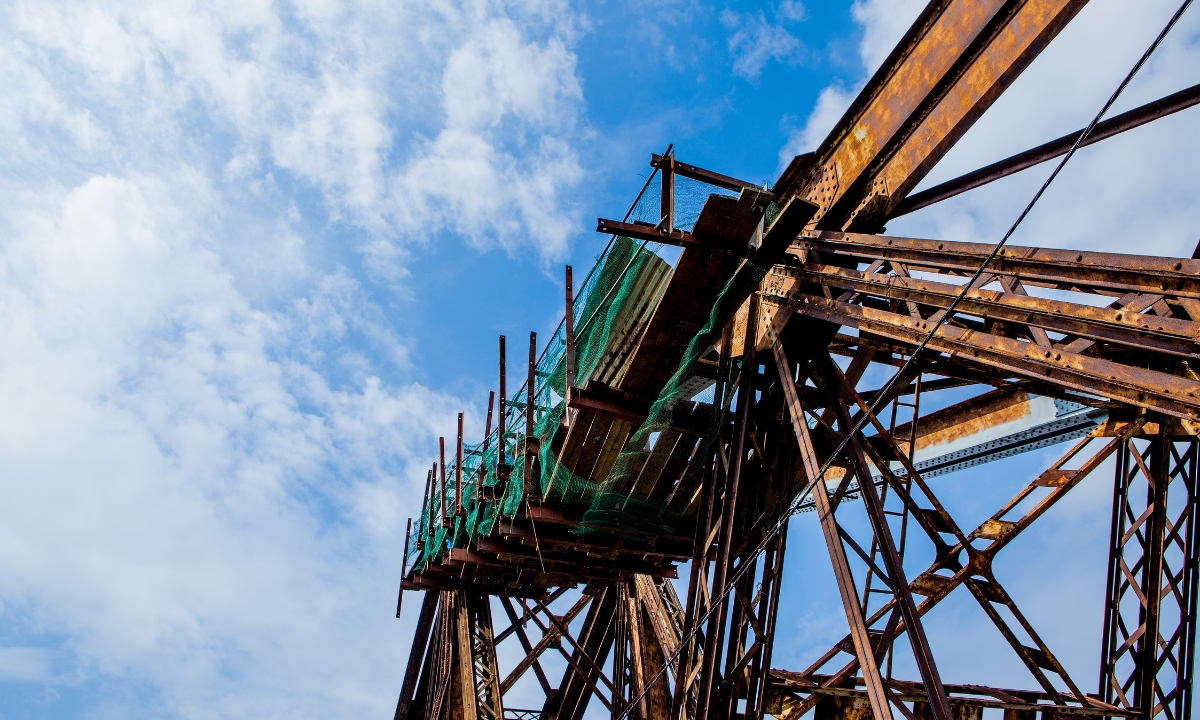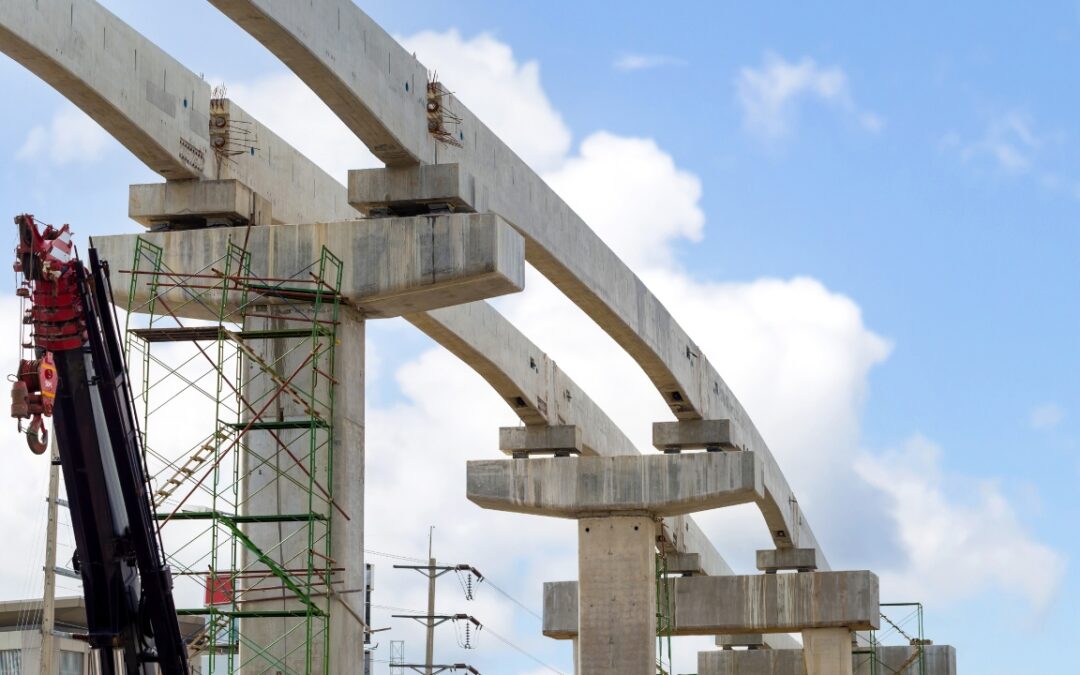Under bridge platforms are essential tools for professionals working in the transportation infrastructure industry. They provide safe and efficient access to bridges for maintenance, construction, and inspection tasks. However, with so many different types of platforms available, it can be challenging to choose the right one for your specific project.

Who Uses Under Bridge Platforms?
A wide variety of industries and workers make use of these specialized types of equipment including:
- Inspectors and technicians
State DOTs, civil engineering firms, highway construction companies, and private contractors use under bridge platforms to access hard-to-reach areas of bridges during inspections.
- Bridge cleaning crews
Under bridge platforms are used by bridge cleaning crews for a variety of tasks, including washing and cleaning bridge decking.
- Maintenance workers
Under bridge platforms are used by maintenance workers for a variety of tasks, including lubricating bridge bearings, sealing and waterproofing concrete bridge decking, and repairing and replacing components.
- Bridge painters and electrical workers
Under bridge platforms are used by bridge painters and electrical workers for a variety of tasks.
Over the decades following their introduction and development, under bridge platforms also became known as “snooper trucks” or “snooper cranes”. The term “snooper”, however, is actually a trademarked brand name owned by Paxton-Mitchell Co., LLC. But, like many other popular or widely used products, the name eventually has become a generic term for any under bridge inspection vehicle.
By and large, these often massive vehicles are used in the transportation infrastructure industry.
According to recent data, the US transportation infrastructure industry is valued at approximately $10.68 trillion in terms of its total capital stock, with the public sector owning over 55 percent and the private sector owning close to 44 percent.
For workers in the industry, there are key factors to consider when selecting an under bridge platform. By understanding these factors, you can ensure that you invest in a platform that meets your needs and provides optimal performance.
4 Major Factors to Consider When Choosing an Under Bridge Platform
- Project Requirements:
- Bridge type: Different bridge types may require specific platform configurations. Consider factors such as bridge height, width, and span.
- Access points: Determine where the platform will need to be positioned and how it will be accessed.
- Task requirements: The nature of the work being performed will influence the platform’s features. For example, if you need to lift heavy equipment, you’ll need a platform with a high load capacity.
- Platform Type:
- Mobile platforms: These platforms are self-propelled and can be easily moved from one location to another. They are ideal for projects that require frequent relocation.
- Fixed platforms: These platforms are stationary and require a crane or other lifting equipment to be moved. They are suitable for long-term projects or areas with limited access.
- Hybrid platforms: These platforms combine features of both mobile and fixed platforms, offering flexibility and versatility.
- Platform Features:
- Load capacity: Ensure the platform can safely support the weight of your equipment and personnel.
- Working height: The platform should provide sufficient height to reach the areas you need to access.
- Platform size: The platform should be large enough to accommodate your work crew and equipment.
- Safety features: Look for platforms with safety features such as guardrails, emergency stop buttons, and non-slip surfaces.
- Additional features: Consider any additional features that may be beneficial for your project, such as hydraulic leveling systems or remote control capabilities.
- Rental or Purchase:
- Project duration: If your project is short-term, renting a platform may be more cost-effective.
- Frequency of use: If you frequently need to use a platform, purchasing one may be a better investment.
- Maintenance costs: Factor in the costs of maintenance and repairs if you purchase a platform.
Essential Tips for Safe and Efficient Under Bridge Platform Use
Conduct a Pre-Shift Inspection:
- Visual inspection: Check for any signs of damage, wear, or corrosion on the platform, its components, and any attached equipment.
- Functional check: Ensure all controls, hydraulics, and safety features are operating correctly.
- Load capacity verification: Verify that the platform can safely support the planned load.
Ensure Safe Operation:
- Operator training: Only trained and certified operators should be allowed to operate the platform.
- Safe working practices: Establish and follow safe working practices, including the use of personal protective equipment (PPE) and fall protection.
- Avoid overloading: Never exceed the platform’s rated load capacity.
- Weather conditions: Avoid operating the platform in adverse weather conditions, such as high winds, heavy rain, or snow.
- Emergency procedures: Develop and practice emergency procedures, including evacuation plans in case of a platform failure.
Perform Platform Maintenance:
- Regular maintenance: Follow the manufacturer’s recommended maintenance schedule to ensure the platform remains in safe operating condition.
- Lubrication: Regularly lubricate moving parts according to the manufacturer’s instructions.
- Hydraulic system maintenance: Inspect and maintain the hydraulic system to prevent leaks and malfunctions.
- Corrosion prevention: Take steps to prevent corrosion, such as applying protective coatings or using corrosion-resistant materials.
Maintain Environmental Considerations:
- Spill prevention: Implement measures to prevent spills of hazardous materials or fuels onto the bridge or surrounding environment.
- Noise control: Use noise-reducing equipment and techniques to minimize noise pollution.
- Wildlife protection: Be aware of potential impacts on wildlife and take appropriate measures to avoid harm.
Regulate Job Site Communication and Coordination:
- Clear communication: Establish clear lines of communication between the platform operator, ground crew, and other personnel involved in the project.
- Coordination: Coordinate platform movements with traffic control and other activities to ensure safety and efficiency.
- Emergency response: Develop and practice emergency response plans in case of accidents or incidents.
Additional Safety Tips for Under Bridge Platform Operation
While modern under bridge platforms are designed and built with safety considerations as a priority, the very nature of the work involving this type of equipment, as well as the size and bulk of the equipment, requires that safety be a priority before, during, and after each use of an under bridge platform.
This includes considerations such as the following:
- Avoid distractions: Avoid distractions while operating the platform, such as using a cell phone or listening to music.
- Secure loads: Ensure that all loads are securely fastened to the platform to prevent them from shifting or falling.
- Emergency stop buttons: Make sure emergency stop buttons are easily accessible and in good working condition.
- Fall protection: Use appropriate fall protection equipment, such as safety harnesses and lifelines, when working at heights.
- Regular inspections: Conduct regular inspections of the platform and its components to identify and address potential safety hazards.
By following these tips, you can significantly reduce the risk of accidents and ensure the safe and efficient operation of your under bridge platform.
The Right Under Bridge Platform Matters
Choosing the right under bridge platform is crucial for ensuring the safety and efficiency of your projects. By carefully considering the factors discussed in this article, you can select a platform that meets your specific needs and helps you achieve your project goals.

Under Bridge Platforms: Your Trusted Partner for Bridge Access Equipment
At Under Bridge Platforms, we’re dedicated to providing the highway bridge industry with the highest quality under bridge access equipment. Serving a wide region including California, Washington, Oregon, Idaho, Nevada, Montana, Wyoming, and beyond, we’ve built a reputation for reliability and expertise.
Our growing inventory features top-of-the-line equipment such as the HPT 38 Truck Mounted Platform and the versatile Aspen UB 60 Bridge Inspection Unit. As a leading under bridge platform equipment rental provider, we’re committed to your success. From initial consultation to equipment selection and rental, our team is here to guide you every step of the way.
Why Choose Under Bridge Platforms?
- Extensive Experience: With years of industry experience, we’ve honed our skills in providing tailored solutions for bridge maintenance and inspection projects.
- Quality Equipment: Our inventory includes only the most reliable and durable under bridge access equipment, ensuring optimal performance and safety.
- Personalized Service: We’re dedicated to building strong relationships with our customers by offering personalized service and support.
- Comprehensive Solutions: We provide a comprehensive range of services, including equipment rental, maintenance, and training.
Contact Us Today
Whether you’re a seasoned bridge inspector or new to the industry, Under Bridge Platforms is your trusted partner for all your under bridge access equipment needs. Contact us today to discuss your project and learn how we can help you achieve your goals.


Recent Comments